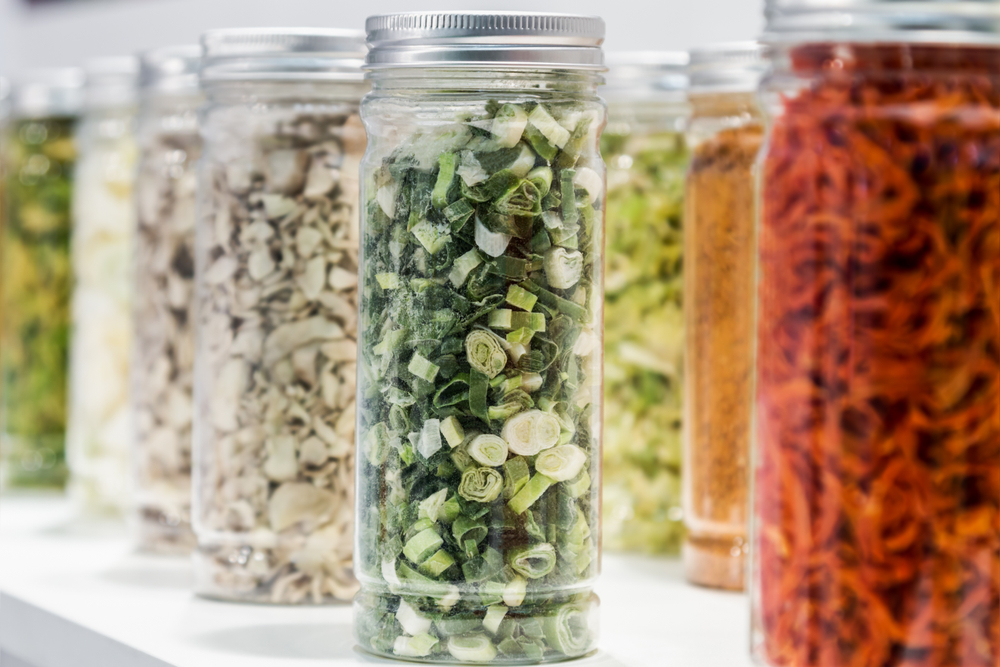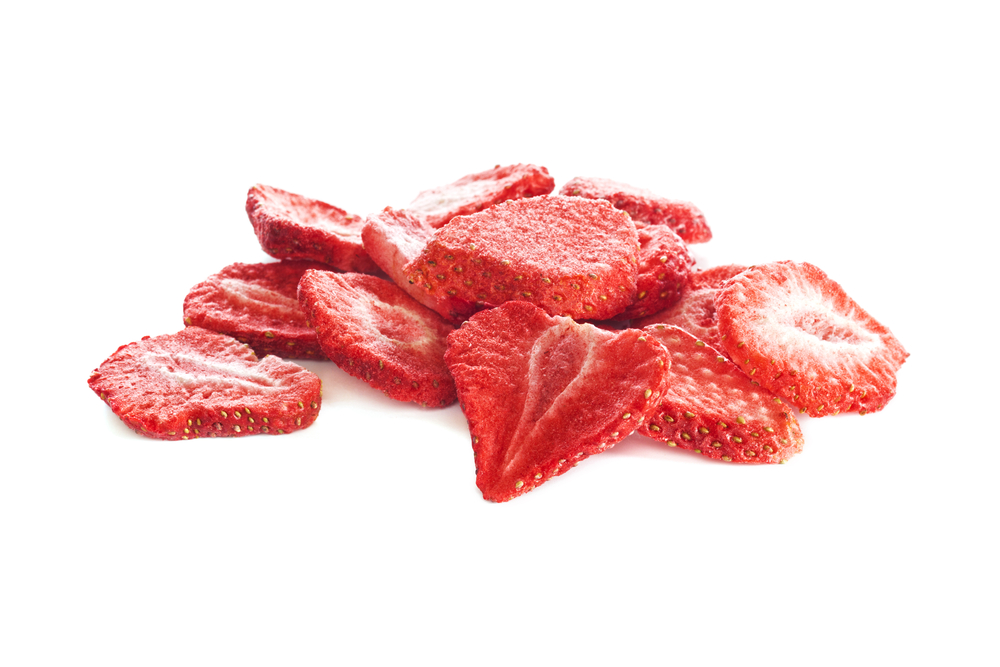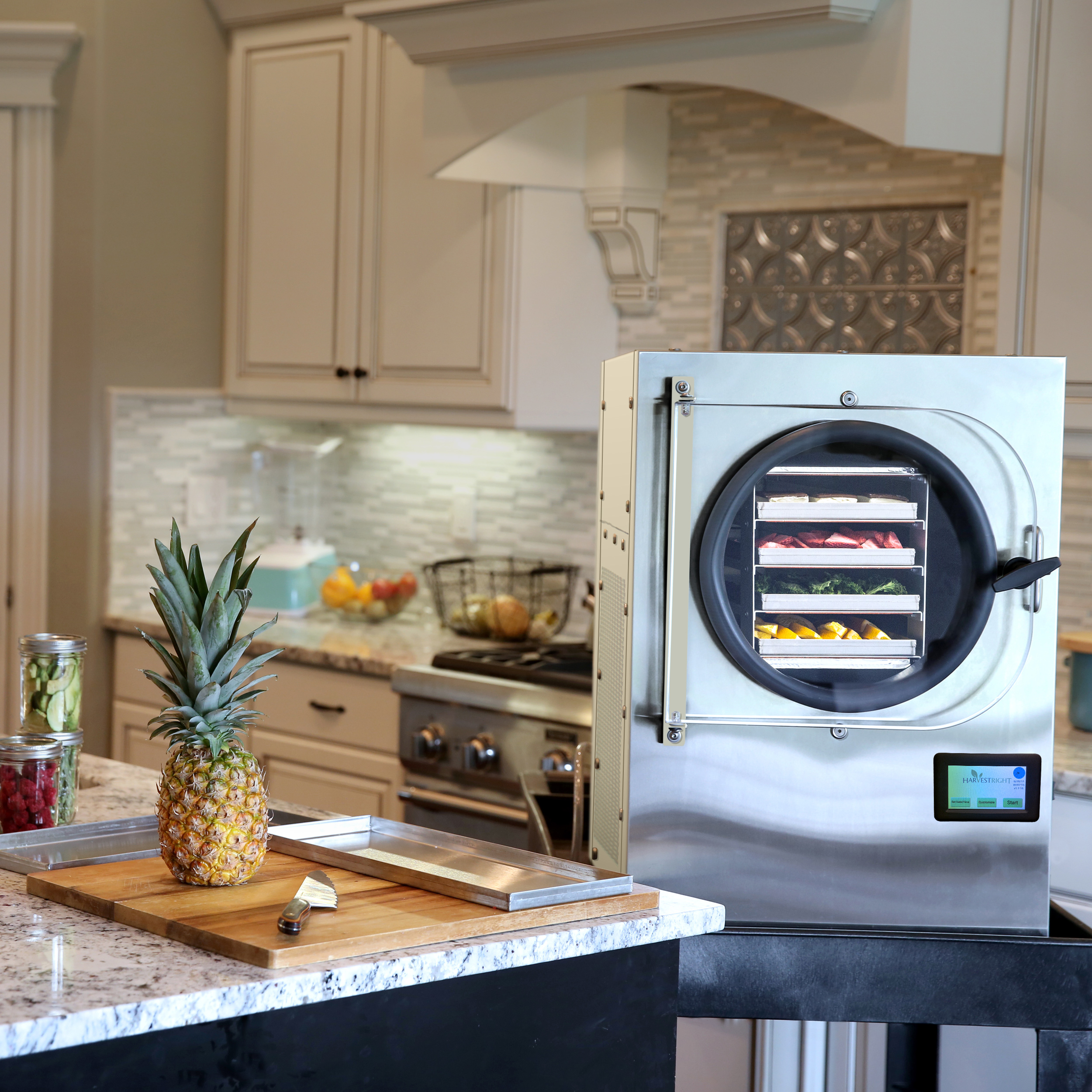Better Websites to own 2025
Jun 11, 2025

Like most people, you think of dehydration and freeze-drying as the same thing. Both are food preservation processes and are similar in that they remove moisture from food. However, there are some key differences between the two methods.
Let’s delve further into these differences. Learn about their pros and cons and how you can make the best choice for your needs.
Ever had the pleasure of eating freeze-dried ice cream? Then you know that freeze-drying can produce delicious results.
Freeze-drying is a preservation process that involves freezing the food. Once frozen, the food goes through the process of sublimation. Sublimation is when a substance goes directly from a solid to a gas. During the freeze-drying process, sublimation removes 98 to 99 percent of the moisture in the food.
You can freeze-dry various foods, including fruits, vegetables, meat, and even ice cream. Freeze-dried food can have a shelf life of 25 years or more.
Freeze-dried foods are also lightweight, making them ideal for camping and hiking trips. As freeze-drying preserves the flavor and texture of food, it’s becoming increasingly popular with home cooking.

On the other hand, food dehydration is a more general process of removing water from food. Essentially, freeze-drying is a form of dehydration.
The term “dehydration” here refers to other methods, like air-drying, sun-drying, and using a dehydrator.
Unlike freeze-drying, dehydration does not involve freezing the food first. Instead, evaporation removes the water. Conventional dehydration methods can remove up to 90 percent of water in food.
One of the benefits of dehydrating food is that it doesn’t require expensive equipment. You can dehydrate food in your oven, using a dehydrator, or under the sun.
Fruits, vegetables, meat, and herbs can all benefit from dehydration. Dehydrated foods typically have a shelf life of one to two years. However, using the best dehydration methods, you can extend the shelf life of some food to 15 years.
Dehydration can also help prepare foodstuffs for cooking or baking. For example, you can dehydrate dried fruits and vegetables and use them for soups, stews, and casseroles. You can use dehydrated meats as toppings for salads and pizzas. You can also mix dehydrated grains with cereals, granola bars, and bread.

Let’s now compare the two processes side by side.
When it comes to nutrition, freeze-drying edges out conventional dehydration methods. For example, a freeze-dried apple will have more vitamins, minerals, and antioxidants than a dehydrated apple.
Freeze-dried foods retain most of their original nutritional value. Freeze-drying preserves the food’s structure, as fruits and vegetables store their nutrients in the cell walls.
Conventional dehydration methods can cause some nutrient loss, especially if there’s heat involved during the drying process. Sun-drying or oven-dehydrating foods can lose up to 40% of the food’s nutrients.
Another key difference between freeze-drying and dehydration is taste and texture. Freeze-drying preserves the food’s flavor, color, and shape.
In contrast, dehydration can cause some loss of flavor and color. Dehydrated foods can also become wrinkled and leathery.
Freeze-drying removes water from the food without damaging the cells where the taste is. Dehydration involves subjecting the food to high temperatures. It can damage the cell structure and change the taste and texture of the food.
Another big difference between freeze-drying and dehydration is the time it takes to complete each process. Here, conventional dehydration has an advantage.
Freeze-drying can take anywhere from 24 to 72 hours to complete. This difference is because freeze-drying involves freezing and sublimation, which takes time.
Without the complex freezing process, conventional dehydration methods finish in 6-12 hours.
Freeze-drying is more expensive than dehydration due to the specialized equipment required. A conventional dehydrator is inexpensive and readily available in stores.
On the other hand, freeze-drying requires a freeze-dryer. It is specialized equipment, making it more costly.
Both freeze-drying and dehydration are excellent methods for preserving food.
However, freeze-drying preserves more of the flavor and nutrients of food than dehydration. Freeze-drying preserves the structure of the food, while dehydration can change the food’s cellular structure.
For example, freeze-dried fruits will retain their shape, color, and taste. Dehydrated fruits will be smaller, darker, and less flavorful.
The shelf life of freeze-dried and dehydrated foods is another important consideration.
Freeze-dried foods can last for years. Dehydrated foods’ shelf life won’t last as long, though still notable.
The reason is that freeze-drying removes more water from the food than conventional dehydration. The water left in dehydrated foods can lead to bacterial growth and spoilage.

If you’re looking for a quick and easy way to preserve food, dehydration is the way to go. Dehydration is also the cheaper option.
However, freeze-drying is the better choice if you want the best possible flavor and nutrition. Freeze-drying is also ideal if you need to store food for extended periods.
The decision of freeze-drying vs. dehydration comes down to your needs and preferences. Both freeze-drying and dehydration are excellent methods for preserving foods, and both have their pros and cons. It’s up to you to decide which way is best for your specific situation.